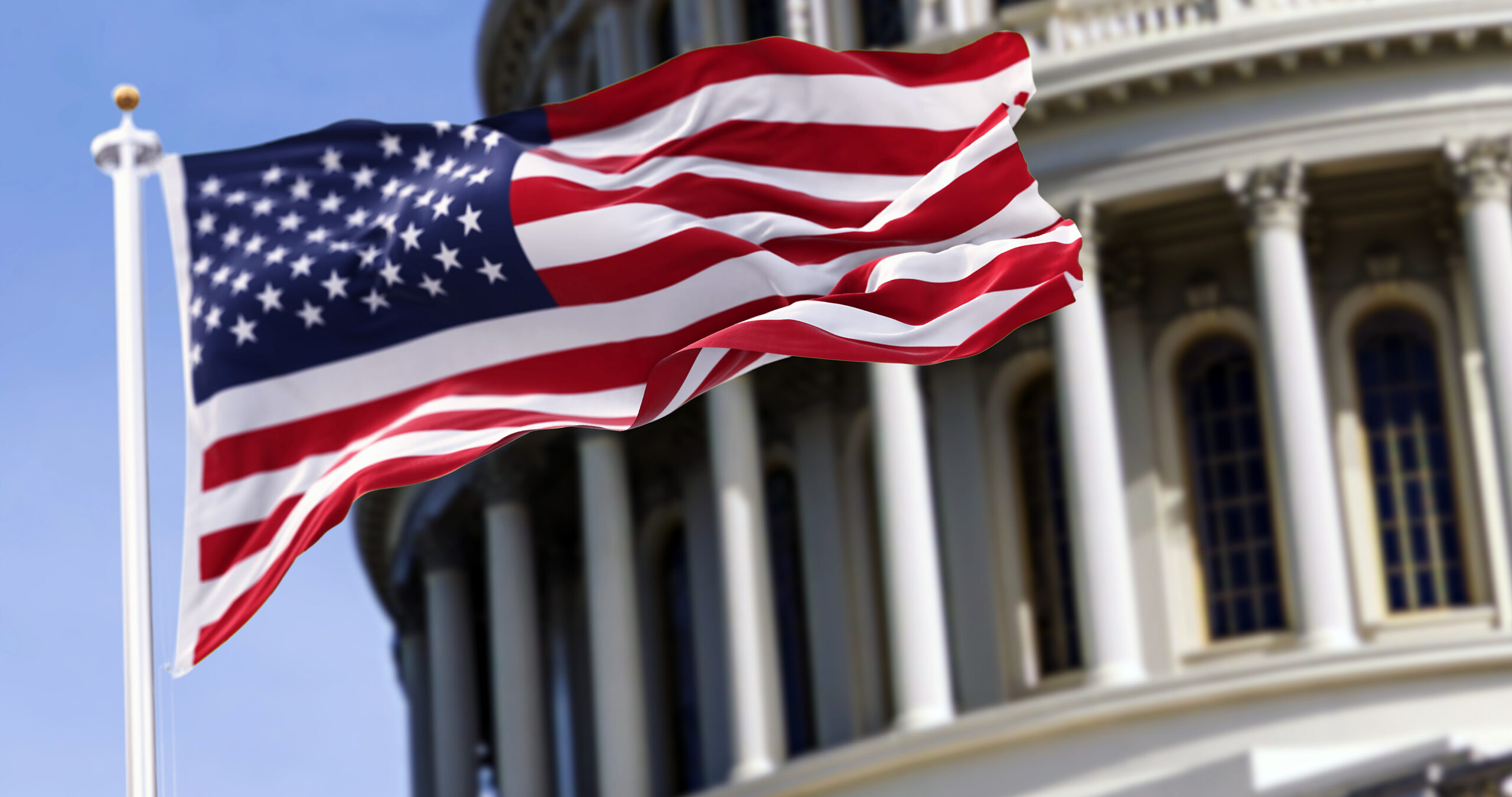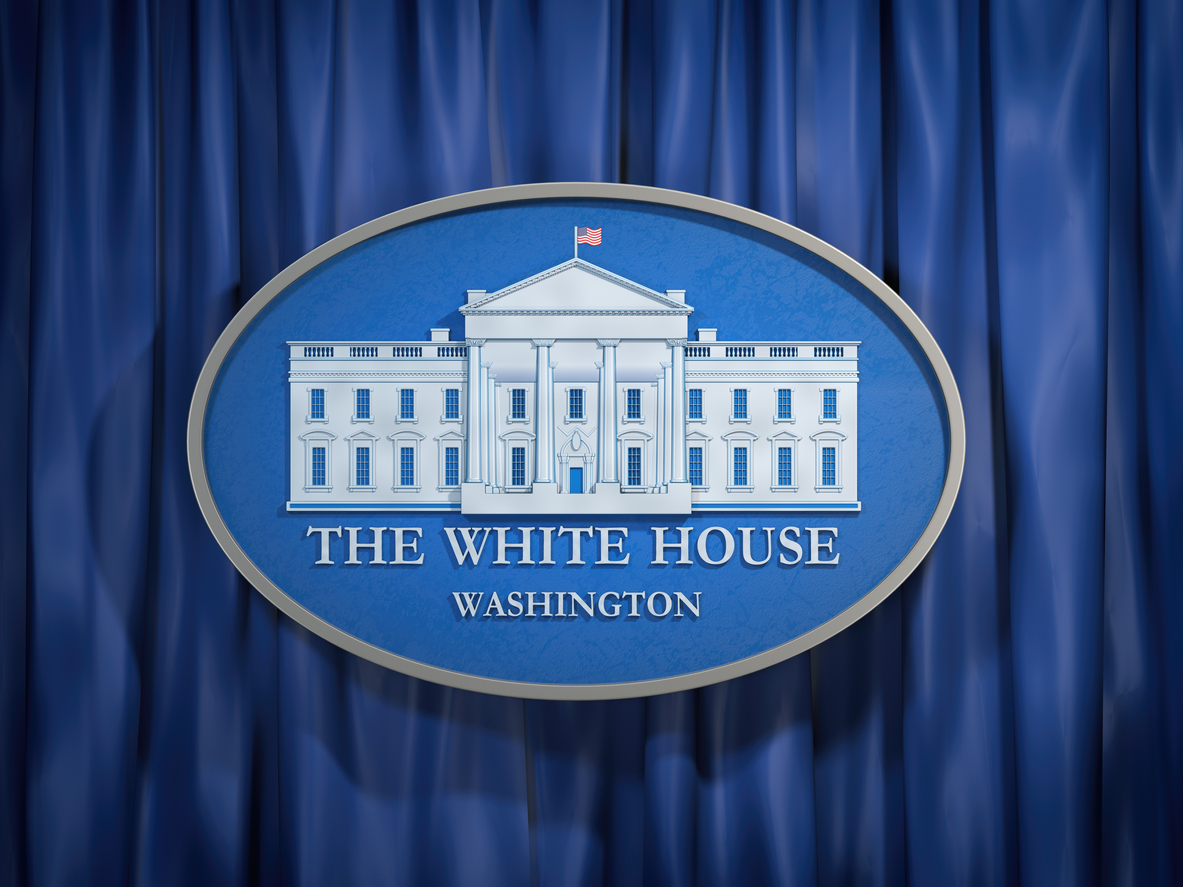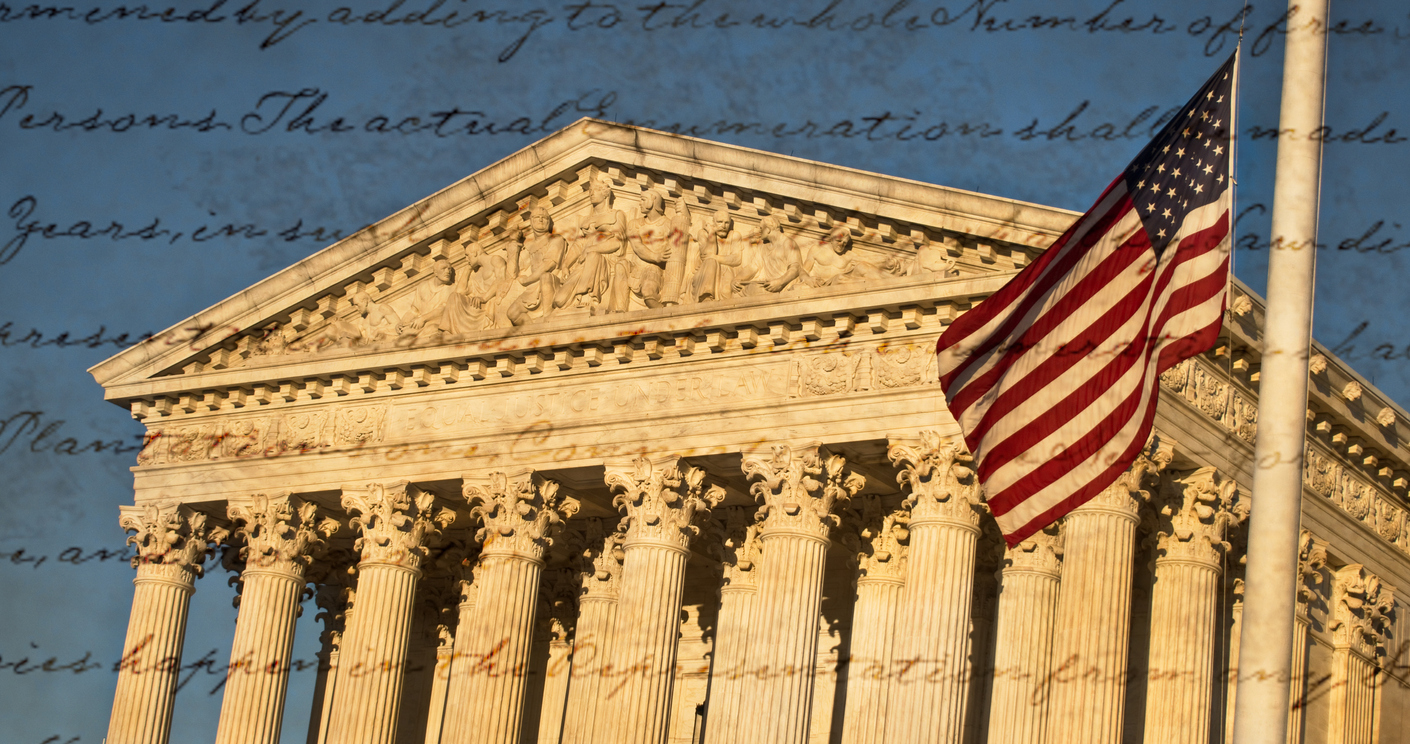
American government encompasses various themes that underpin its functioning and principles. The American system is built on democratic principles, emphasizing the rule of the people through elected representatives. This includes concepts of majority rule, minority rights, and the protection of individual freedoms.
The government is divided into three branches—executive, legislative, and judicial—each with its own distinct powers and responsibilities. This separation serves as a system of checks and balances to prevent any one branch from becoming too powerful. Each branch of government has some measure of influence over the other branches, ensuring that no single branch gains absolute power. Keep reading to learn more about each branch of the United States government and the unique systems that govern each one.
Legislative Branch (Congress)
The legislative branch of the United States government, also known as Congress, is responsible for making laws and overseeing the budgetary matters of the country. It is a bicameral body, meaning it consists of two separate chambers:
- The Senate: The Senate is composed of 100 senators, two from each state, regardless of the state’s population. Senators serve six-year terms, with one-third of the Senate up for election every two years. The Vice President of the United States serves as the President of the Senate but can only vote in case of a tie. The Senate has specific powers, including confirming presidential appointments (such as federal judges and cabinet members) and ratifying treaties.
- The House of Representatives: The House is made up of 435 representatives, with the number from each state determined by its population. Members of the House, known as Representatives or Congresspeople, serve two-year terms, and all seats are up for election every even-numbered year. The Speaker of the House, elected by House members, presides over its sessions. The House has the power to initiate revenue-related bills and articles of impeachment.
Key Functions of Congress Include:
- Lawmaking: Both the Senate and the House can propose, debate, and vote on bills that, if passed by both chambers, can become federal law. This process involves committee work, debates, amendments, and voting.
- Oversight: Congress exercises oversight over the executive branch and federal agencies. This includes holding hearings, investigations, and inquiries to ensure the proper functioning of government and adherence to laws.
- Budgetary Authority: Congress has the power to approve the federal budget and allocate funds for various government programs and agencies. This authority includes the power to levy taxes and borrow money on behalf of the United States.
- Impeachment: The House of Representatives has the sole power to initiate impeachment proceedings against federal officials, including the President, for alleged “high crimes and misdemeanors.” The Senate conducts the trial, and a two-thirds majority vote is required for conviction and removal from office.
Congress plays a crucial role in the United States government’s system of checks and balances by providing oversight, passing laws, representing the interests of the people, and balancing the powers of the executive and judicial branches.

Executive Branch (The President)
The executive branch of the United States government is headed by the President and encompasses various federal agencies and departments. Its primary function is to enforce and implement laws passed by Congress, manage national affairs, conduct foreign relations, and oversee the execution of policies and programs across the nation.
Key Components of the Executive Branch:
- The President: The President is the head of state and government, elected to a four-year term through the Electoral College system. The President serves as the commander-in-chief of the military, has the power to sign or veto legislation passed by Congress, conducts foreign policy, appoints federal officials (subject to Senate approval), and issues executive orders to enforce laws.
- The Vice President: The Vice President supports the President and serves as the presiding officer of the Senate. In the event of the President’s incapacity or vacancy of the office, the Vice President assumes the role of President.
- Cabinet Departments and Federal Agencies: The President oversees various departments and agencies responsible for specific areas of governance, such as the Department of State (foreign affairs), Department of Treasury (economic and financial matters), Department of Defense (national security), and many others. These agencies and departments carry out the President’s policies and manage specific aspects of federal administration.
- Executive Offices of the President: These offices provide administrative support to the President and coordinate policy-making. Examples include the Office of Management and Budget (OMB), National Security Council (NSC), Council of Economic Advisers (CEA), and others.
Functions and Powers of the Executive Branch:
- Enforcing Laws: The President and executive agencies are responsible for implementing and enforcing laws passed by Congress.
- Commander-in-Chief: The President is the head of the armed forces, making strategic military decisions and commanding the military in times of peace and war.
- Foreign Policy: The President has a significant role in shaping foreign policy, representing the United States in international affairs, negotiating treaties (subject to Senate ratification), and conducting diplomacy.
- Appointments and Nominations: The President nominates individuals for key positions in the federal government, including federal judges, ambassadors, and cabinet members. These nominations are subject to Senate confirmation.
- Executive Orders: The President can issue executive orders to direct federal agencies in how they implement laws or to set policy without congressional approval, although these orders are subject to judicial review.
The executive branch plays a critical role in the functioning of the government, implementing laws, conducting diplomacy, managing national security, and overseeing various aspects of domestic policy.

Judicial Branch (Federal Courts)
The judicial branch of the United States government is responsible for interpreting the law, resolving legal disputes, and ensuring that laws align with the Constitution. It is headed by the Supreme Court and includes a system of federal courts.
Key Components of the Judicial Branch:
- Supreme Court: The Supreme Court is the highest court in the country and consists of nine justices, including a Chief Justice. Its primary function is to review cases that involve constitutional questions, issues between states, and cases that challenge lower court decisions. The Court has the authority to interpret laws and determine their constitutionality. Its decisions set legal precedents that guide lower courts and the entire legal system.
- Federal Courts: Below the Supreme Court are the federal courts organized in a hierarchical system. This includes the Courts of Appeals (also known as Circuit Courts), District Courts, and various specialized courts (such as Tax Court or Court of International Trade). These courts handle cases involving federal laws, disputes between citizens of different states, and cases where the United States is a party.
Functions and Powers of the Judicial Branch:
- Interpreting Laws: The primary role of the judicial branch, especially the Supreme Court, is to interpret the Constitution and laws. The Court determines the constitutionality of laws passed by Congress and actions taken by the executive branch. This power is known as judicial review.
- Applying Precedent: Courts rely on legal precedent, which refers to previous court decisions, especially those made by higher courts, to guide their rulings on similar cases. This helps maintain consistency and predictability in the legal system.
- Adjudicating Disputes: Federal courts hear cases involving federal laws, disputes between citizens of different states, and cases involving the United States as a party. They resolve legal disputes by applying the law to specific situations.
- Protecting Rights: The judicial branch safeguards individual rights and liberties by interpreting laws in line with the Constitution. Courts ensure that laws and government actions do not violate individual rights guaranteed by the Constitution.
- Checks and Balances: The judiciary serves as a check on the other branches of government. It can declare laws or executive actions unconstitutional, thereby preventing overreach by the legislative and executive branches.
The judicial branch plays a crucial role in upholding the rule of law, ensuring the constitutionality of laws, and providing a system for the fair and impartial resolution of legal disputes.
Storypath: Elections can enhance student civic skills through simulation learning
Monet Hendricks is the blog editor and social media/meme connoisseur for Social Studies School Service. Passionate about the field of education, she earned her BA from the University of Southern California before deciding to go back to get her Master’s degree in Educational Psychology. She attended the graduate program at Azusa Pacific University pursuing her post-grad Educational Specialist degree in School Psychology and Applied Behavior Analysis and currently works as a School Psychologist in Los Angeles, CA. Her favorite activities include traveling, watching documentaries on mental health, and cooking adventurous vegetarian recipes with her husband.
